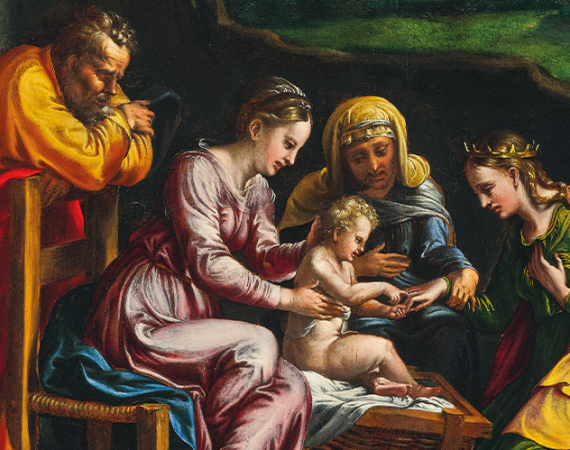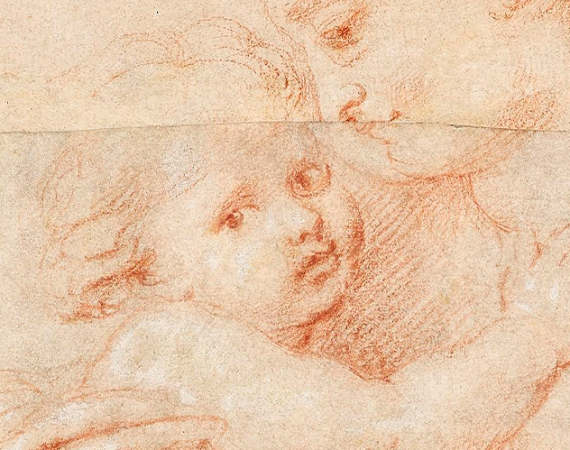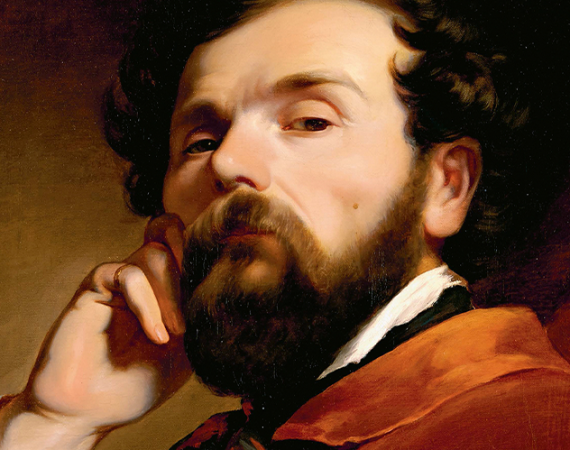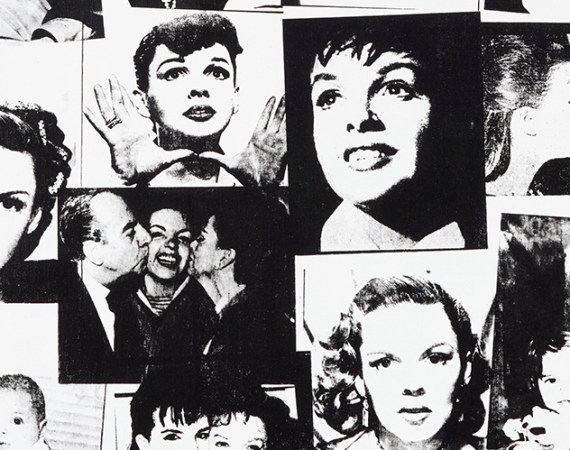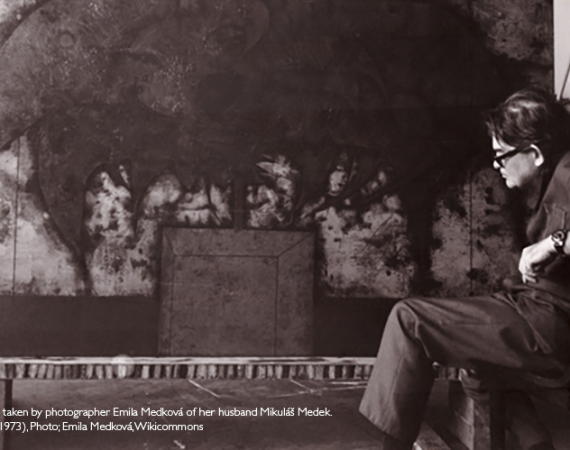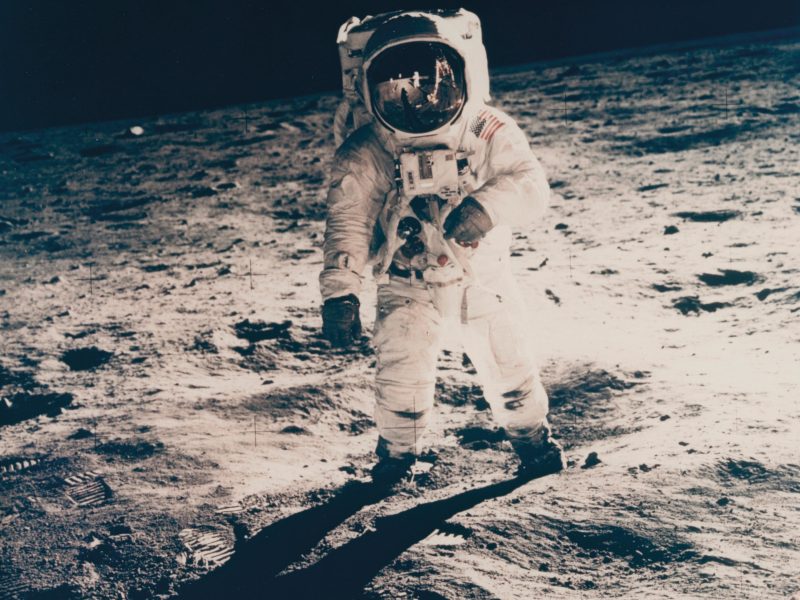
Neil Armstrong (Apollo 11), Buzz Aldrin’s gold plated sun visor reflects the photographer and the LM Eagle,16-24 July 1969
In 1969, the year when humans first landed on the Moon, everything changed. This is what Victor Martin-Malburet, a collector who identifies himself as a “space historian and space activist,” firmly believes. For nearly three decades, this Parisian has been collecting early NASA space photography, and today, these images are unquestionably considered art: moments ingrained in the collective memory of humanity. 229 of these remarkably preserved photographic treasures will now be sold at auction at Dorotheum.
Dorotheum: You received your first NASA photograph from your father when you were just 15. Did this profound interest in early space photography, which combines art and science, influence your professional education?
Victor Martin-Malburet: I pursued studies in mathematics and physics, but my roots lie in the arts. My parents were ardent collectors, deeply involved in the art market. When my father passed away, I was compelled to choose a theme for my own collection, and space ignited my passion. I consider myself a space historian. I ardently follow all the current developments, and the ongoing surge in space-related activities, such as the recent Indian spacecraft Chandrayaan-3 landing on the Moon, is truly remarkable. Commercial endeavors like SpaceX have transformed the landscape compared to the pioneering days. The Apollo missions remain the primary source of inspiration for all these ventures. It was the genesis of it all.
So, is your collection primarily focused on early vintage space photography?
I’m also an art collector, specializing in avant-garde art of the 20th century – from Italian and Russian futurists to Dada and Bauhaus.
This period of modern art was also an era of pioneers. Is it a coincidence with your passion for space?
My focus as a collector is disruption. I collect avantgarde works because they changed our understanding of what is art. But I don’t see a more disruptive moment in human history than the moment when we became a spacefaring species.
It’s intriguing how you possess an in-depth understanding of space exploration. It’s a subject you truly grasp.
I must admit I wouldn’t be able to construct a rocket myself (laughs).
It took about 400,000 people to build the giant Saturn V rocket for the Apollo missions!
As John F. Kennedy famously stated, rocket science is hard. But it is challenging and exhilarating. There’s a new generation of exceptionally talented individuals emerging in this field.
The Moon landing, further explorations, and the breathtaking beauty of space are now commonplace topics, including the visualization of black holes and the confirmation of gravitational waves. Images from Hubble and, more recently, the James Webb Telescope have provided us with extraordinary insights into the past of our universe. What are your reflections on this?
These recent efforts have afforded us remarkable new perspectives, but it’s worth noting that these images are no longer printed; they are uploaded directly to the cloud. In the Sixties NASA had to print the photos so that they could study them, and a few selected ones were released to the press. As a result, we possess these magnificent prints, which, to me, are genuine treasures. After the missions, the first thing NASA did was to send the films to Houston for development and printing. The photos were the final products of the analog process and were used for scientific examination, presentation and communication. At the time, NASA was unaware of the profound importance of its original photographs, which captured in time and on paper humanity’s initial steps towards another world.
The dialogues among the astronauts as they took these photos are quite amusing to read in the transcripts. They certainly didn’t leave their sense of humor behind on Earth.
These conversations also underscore how crucial it was for them to capture these images. They aspired to grace the cover of LIFE magazine, one of the most influential publications in the United States at that time. NASA chief of photography Richard Underwood kept telling them, “You know, when you get back, you’re going to be a national hero… But those photographs, if you get great photos, they’ll live forever. Your key to immortality is in the quality of the photographs and nothing else.” The astronauts took an astonishing number of photos on the Moon, all executed with great artistry. Many of these images were impromptu but captured the sheer wonder of the moment. The first Earthrise, the first space selfie, the first photo of the Earth of the lunar surface, among many others – these are all significant “firsts” which were not originally on the photography plan!
Among the 229 images you are currently selling, could you describe your selection for Dorotheum?
These photographs are the most aesthetically captivating. They illustrate the entire story of our first ventures to another world beginning In May 1961 as Alan Shepard became the first American to enter space, while President Kennedy announced that the US “should commit itself to achieving the goal, before this decade is out, of landing a man on the Moon and returning him safely to the Earth.” A revolutionary era of exploration and photography like no other in history was launched, which was of course to culminate in the landing of six Apollo missions from July 1969 to December 1972. The collection is organized chronologically, mission by mission, so that we can trace the footsteps of the astronauts.
Are you still actively seeking more photos, or is your collection now complete?
The quest is endless. Most of these images were originally intended for internal use only. The rarity of some is truly extraordinary, so I keep on searching. My mission as a collector was to locate them, identify them, and appreciate their historic importance and artistic value. These photos will only grow in significance. I love the idea of that pivotal moment when everything changed. Everything we use today, from cellphones to GPS, originally stemmed from space-related inventions.
Can you tell us more about the importance of photography for NASA?
Photography was a fundamental tool in reaching and exploring the Moon, but NASA quickly recognized that its invaluable power to impose the lunar goal to the Americans and the world. The beauty of the images from space almost justified the voyage itself, which was to mobilize 4% of the federal budget for ten years!
As in other areas, NASA was at the forefront of photographic technology?
Absolutely. NASA’s space photography technology laboratory in Houston was the most advanced in the world and founded in close partnership with Kodak, Hasselblad and Zeiss. For these firms, the extraordinary exploits of NASA and its astronauts were an incomparable source of publicity and their best engineers collaborated to manufacture films, cameras and lenses adapted to the extreme constraints of space. Everything was put in place so that the astronauts, even in a state of weightlessness and wearing a bulky space suit, could capture precision images in space. Hasselblad cameras were modified and automated to speed up and facilitate shooting. They were fitted with high resolution 70mm medium format films, specially designed by Kodak on a very fine Estar polyester support allowing to take more pictures per film. The emulsion was also specially adapted for the vacuum of space. On the Moon itself, a removable mechanism (a contribution to photography of Neil Armstrong) made it easier for astronauts to fix the Hasselblad on their chest and operate the camera while engaging in other activities. Finally, a glass reseau plate engraved with a grid of crosses placed just in front of the film allowed scientists to subsequently extract information on lunar distances.
Did the astronauts receive a special training?
Each mission provided new firsts to be photographed for posterity. For the lunar surface missions, the astronauts received a photogeology training which was crucial to record their activities. More generally, the astronauts were trained to photography by NASA and Hasselblad specialists. They were also advised by LIFE or National Geographic photographers covering the space program on the ground, like Ralph Morse or Dean Conger. While artists of the time favored black and white (color prints were very expensive and the photographers had no control over their films which were sent directly to Kodak), the astronauts, supported by the best laboratory technicians and photo developers at NASA, extensively used color. They created sublime color images, like the photographs of Jim McDivitt showing his colleague Ed White floating freely in space during the Gemini IV mission in June 1965 (first American Extravehicular Activity).
Can we picture the walls of your home covered in photographs?
Actually, very few are displayed. I store almost all of them in highly secure boxes. I consider them treasures, akin to a Gutenberg Bible. I presume some collectors prefer to frame their photographs.
How should these photographs be stored?
Just like all vintage photography: protect them from direct sunlight and use UV-protective glass in the framing.
In your opinion, what is the most iconic image among these early space photographs? Could it be the one featuring Buzz Aldrin on the Moon, with his visor reflecting the photographer, Neil Armstrong, and the lunar module?
Indeed, that image stands out. A lonely figure on another world…. Many of the photos taken on the Moon have become etched into humanity’s collective memory. I also have a strong inclination for the photographs of the Earth. Apollo 8 astronaut William Anders said, speaking for all the astronauts who journeyed to the Moon: “We came all this way to explore the Moon, and the most important thing is that we discovered the Earth.”. The photographs of the Earth convey a profound sense of grandeur and fragility.
I noticed that some of the photos are signed?
The signed photos in the auction have an exceptional provenance, from the former collection of NASA chief of photography Richard Underwood. In particular, the Apollo 11 photograph signed to Underwood by the Apollo 17 astronauts, the last humans who walked on the Moon, holds immense significance as it represents the first photograph captured by a human (Neil Armstrong) of the surface of another world, from the window of the LM Eagle after landing. This image was not released after the mission, making it an exceedingly rare find. It’s essential to understand that many photos in this auction were not made public in the 1960s.
Do we have any idea how many printed copies of this particular shot exist?
I would say that no more than a dozen vintage copies of this shot may exist if they ever see the light of day. It is also possible that many images from the Mercury, Gemini and Apollo only exist as negatives and were never printed at the time of the missions. This fact adds intrigue for collectors, as there are still discoveries to be made. The reasons for this vary, and the distinction between the photographs which were released by NASA at the time and the unreleased ones is important. The famous photographs were probably printed more frequently by different NASA facilities and contractors. But many were either lost, destroyed, or not well-preserved. The condition of the works in my collection is of paramount importance to me since I view these photos as art. Finding them can be incredibly challenging. For example the only photograph of Neil Armstrong on the Moon that wasn’t released at the time is extremely rare. Many photos in my collection are virtually impossible to find. It took me 26 years of diligent research to assemble this collection.
It seems like the search for the Holy Grail…
Yes, indeed (laughs). It’s a matter of both luck and unwavering dedication, which is the most crucial aspect of a collector’s life.
I assume you also have a penchant for science fiction literature and films!
Absolutely! I’m a huge fan. But the astronauts turned science fiction into science fact! Just think of Stanley Kubrick’s film “2001: A Space Odyssey”! Its eminent scenarist and scifi writer Arthur C. Clarke predicted that “the time will come when Project Apollo is the only thing by which we will remember the world of our ancestors, the distant Planet Earth.” It provides perspective. These photos serve as the visual testament and proof of this historic achievement.

